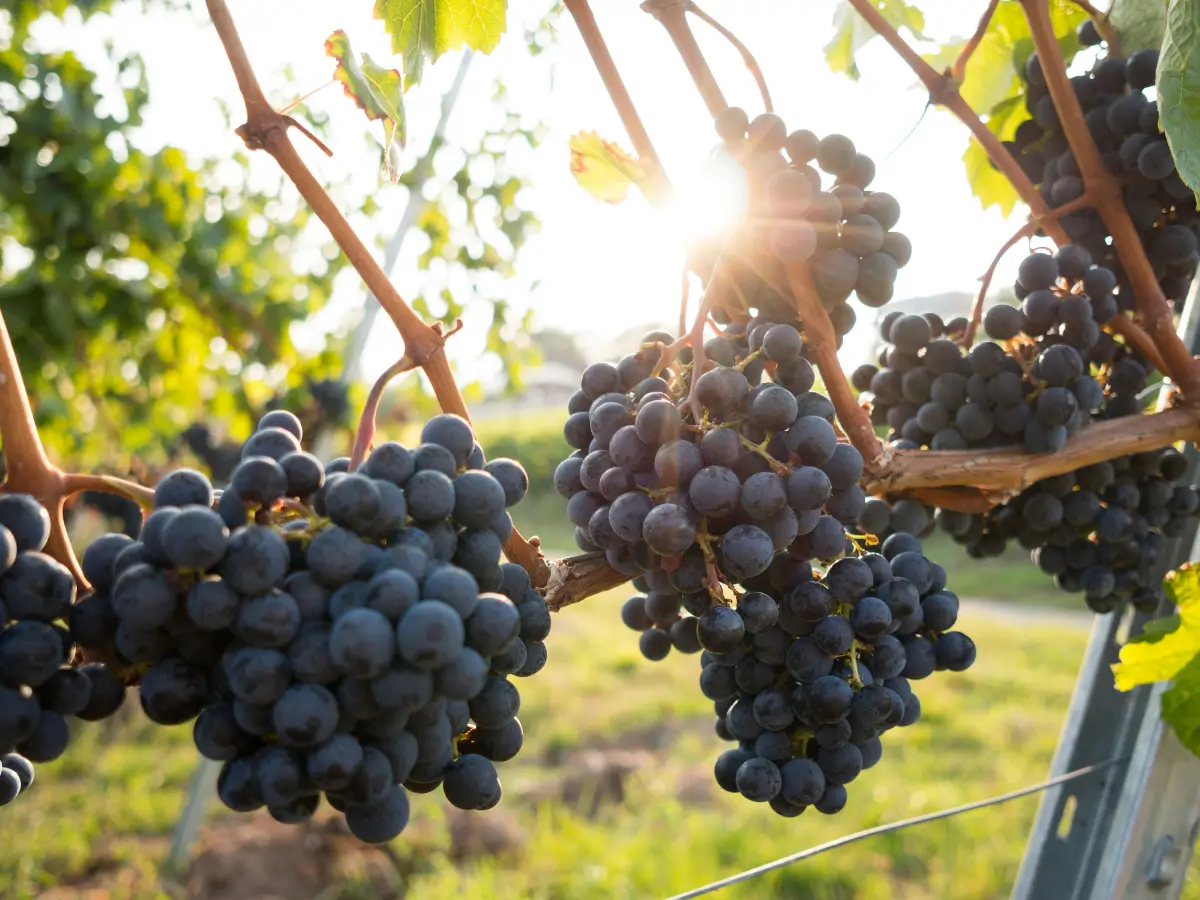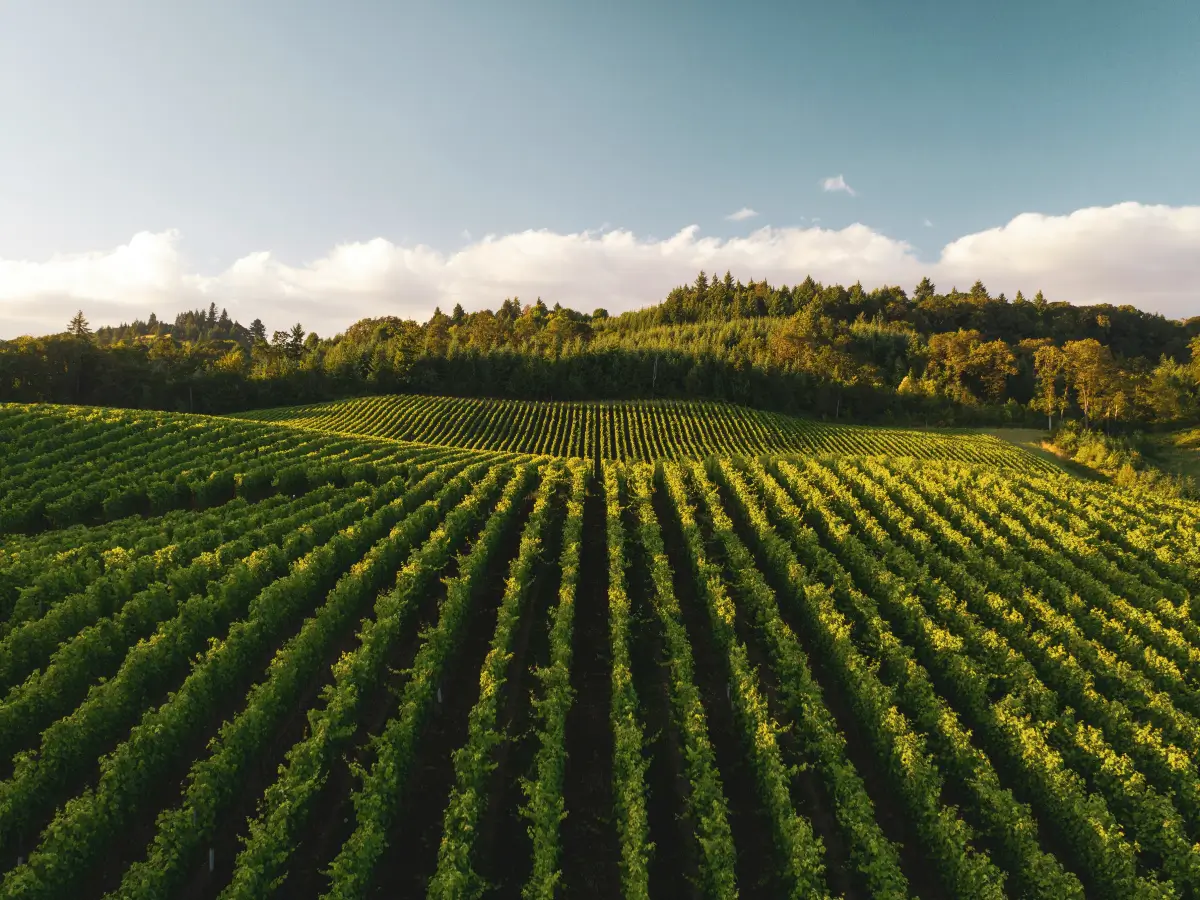Albania may not be the first name that comes to mind when thinking about wine, but its winemaking tradition stretches back thousands of years. With fertile soil, a Mediterranean climate, and indigenous grape varieties that date to ancient Illyrian times, Albania is quietly reclaiming its place on the wine map of Europe.
Across the country, small producers, family vineyards, and emerging estates are reviving old vines, experimenting with new techniques, and offering wine experiences that reflect both heritage and innovation. Wine in Albania isn’t just a product — it’s part of the landscape, the history, and the rhythm of rural life.

The roots of winemaking in Albania
Viticulture in Albania dates back over 3,000 years. The Illyrians, who lived in the region before the Roman era, are believed to have cultivated native grape varieties long before winemaking became commercialized. Many of these traditional grapes are still grown today.
During the communist period, wine production was heavily industrialized, focused on bulk export rather than quality. Private winemaking was banned. After the fall of communism in the early 1990s, local farmers and entrepreneurs began reviving traditional methods and restoring family vineyards that had been forgotten or abandoned.
Today, Albania is home to dozens of boutique wineries producing limited batches of high-quality wine — often from grapes found nowhere else in the world.
Key wine regions in Albania
Wine production in Albania is closely tied to the terrain and microclimates. Several regions stand out for their quality, tradition, and growing reputation:
-
Berat – Known for its hilly vineyards and ancient grape varieties like Puls (white) and Shesh i Zi (red). Family estates here still use stone fermentation tanks.
-
Permet – A southern mountain region with small-scale producers focusing on natural methods and native grapes.
-
Shkodra and Lezha – Northern areas with strong red wines and rustic winemaking traditions, often passed down through generations.
-
Durres and Kavaja – Coastal plains where vineyards benefit from Mediterranean breezes and produce both full-bodied reds and light whites.
-
Korça – Eastern highlands producing aromatic whites and dry reds, with a cooler climate that supports late harvests.
-
Vlora and Fier – Inland-coastal transition zones with a mix of old and new vineyards producing experimental blends and natural wines.
In many of these regions, winemaking is still deeply connected to the land and family customs. There is pride in doing things slowly, by hand, and with local knowledge.
Native Albanian grape varieties
What makes Albanian wine truly distinctive is the use of indigenous grapes — many of which are unknown outside the region. These ancient vines give Albanian wine its identity and depth.

Some of the most well-known native varieties include:
-
Shesh i Zi – A red grape with bold color, soft tannins, and earthy undertones
-
Shesh i Bardhë – A white grape producing fresh, dry wines with herbal notes
-
Puls – An ancient white variety known for its structure and longevity
-
Kallmet – One of the most respected red grapes, grown mainly in the north, often compared to Pinot Noir for its elegance
-
Vlosh – A rare southern red with dark fruit and floral aromas
Many Albanian winemakers now focus on reviving these varieties, crafting wines that reflect the soil, climate, and cultural legacy of their specific region.
Wine and hospitality in Albania
Wine is deeply woven into Albanian hospitality. In rural areas, offering a glass of homemade wine is still a common way to greet guests. Meals are often accompanied by wine made from family vineyards, poured from reused bottles with handwritten labels — unbranded, unfiltered, and full of character.
In cities and tourist regions, more structured wine tastings are becoming popular. Visitors can now tour small estates, meet the winemakers, and experience the full cycle of Albanian wine — from vine to glass.
Wineries near Berat, Lezha, and Tirana are increasingly welcoming guests for tastings, food pairings, and seasonal grape harvest experiences.